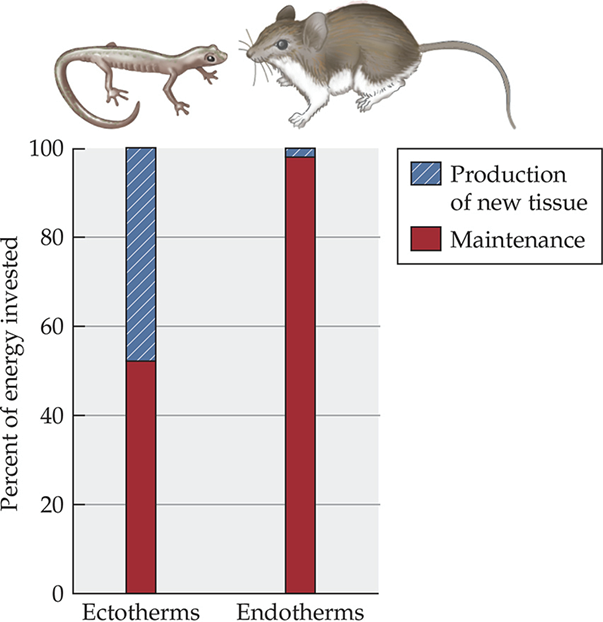Vertebrate Zoology Exam 2 - Endothermy/Ectothermy
1/32
Earn XP
Description and Tags
Name | Mastery | Learn | Test | Matching | Spaced |
|---|
No study sessions yet.
33 Terms
Homeothermy
Stable body temperature (doesn’t fluctuate in a range of 2°C)
Heterothermy
Variable body temperature (DOES fluctuate in more than a range of 2°C)
Endothermy
Internal (metabolic) heat production
Ectothermy
Primary source of heat is from outside of the body (external heat)
Solar radiation
Solar energy resulting in heat gain

Infrared (thermal) Radiation
Heat loss or gain from proximity to other objects

Convection
Transfer of heat between animal and fluid (such as air)

Conduction
Heat exchange that occurs from objects being in contact
Evaporation
Heat loss (transfer of heat from animal to environment through evaporation of water)

Metabolism (Metabolic Heat Production)
Main source for endotherms
Trivial in ectotherms
Activity Temperature
Range within which physiological processes and whole-animal performance reach their maxima
Endothermy Costs/Benefits
Benefits
Effective when solar radiation is insufficient or unavailable (cold, night)
Costs
Energetically expensive (high metabolic rate)
Why is metabolism inefficient?
A small portion of energy is captured; the majority is released to the environment as heat
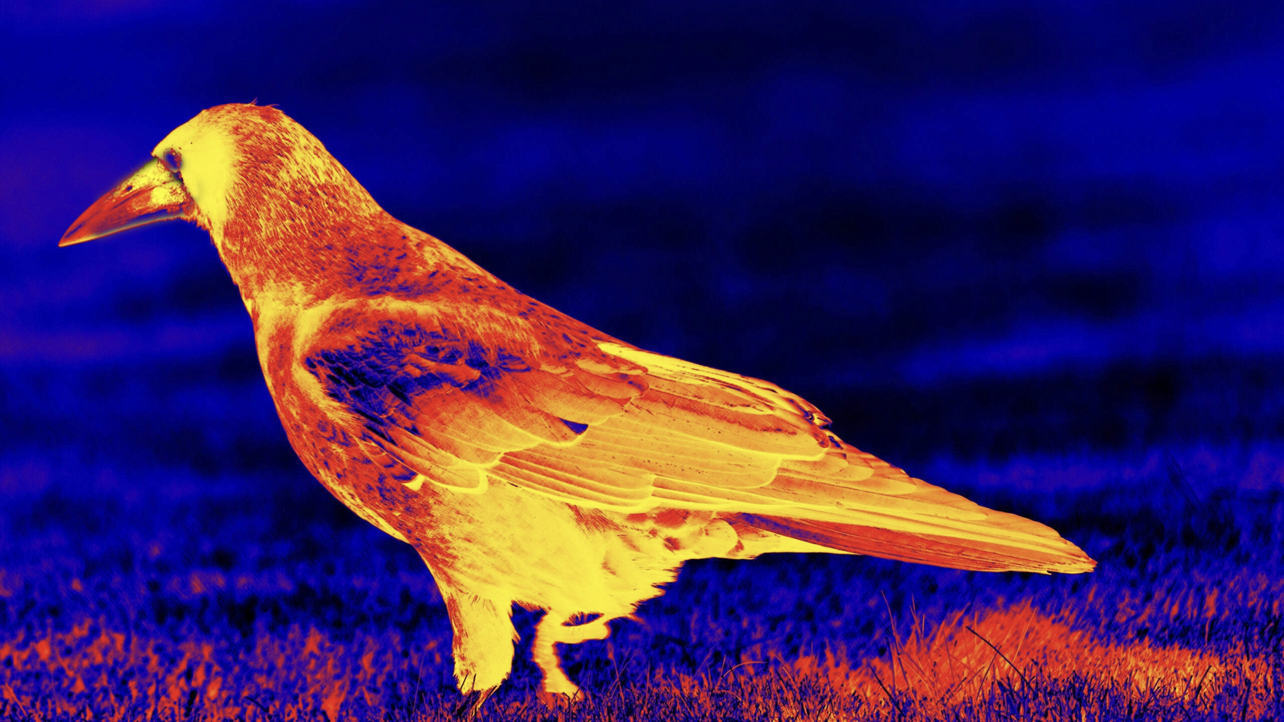
How do endotherms regulate their body temperatures?
Rate of metabolic heat production = rate of heat loss to environment across body surface
Normothermia
Normal body temperature
Thermoneutral Zone
Endotherms
Environmental temperature range where endotherm maintains stable body temperature by adjusting its insulation and without changing its metabolic rate
Bound by lower and upper critical temperatures
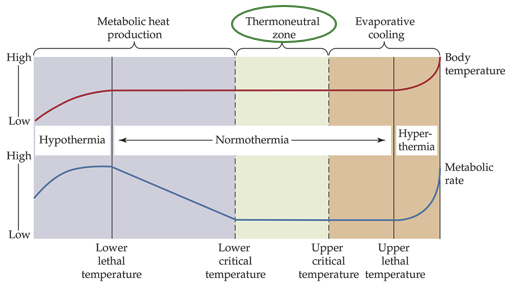
Whole-body metabolism
Sum of the heat production across all of an organism’s different tissues and organs
Measured by weight-specific resting metabolic rates (kilojoules/kilogram/day, kJ/kg/day)
What are the most metabolically active tissues?
Heart and kidneys
Where is most of the resting metabolic heat production of an endotherm derived from?
Heart and kidneys
Muscular activity typically not significant at rest
Shivering
Birds and mammals
Uncoordinated contraction of postural muscle fibers
Thermogenesis
Non-shivering thermogenesis
Oxidative phosphorylation increased by proton leak back into matrix without passing through ATP synthase, resulting in heat release
How does insulation increase an organism’s temperature?
Increases thickness of layer of trapped air
Can also be minimized by exposing thinly insulated parts of body (Pogi, my dog, lying on his back)

Types of Evaporative Cooling
Panting (breathing rapid + shallow)
Gular fluttering (birds rapidly flutter throat to evaporate water for thermoregulation)
Sweat glands (SOME mammals, most lack sweat glands)

What is the downside of sweating, panting, and gular fluttering?
Sweating - Cools only surface, not internally
Panting & gular fluttering - cools internal tissues, but requires muscular activity
Endothermal Ectotherm Examples
S. merianae, a Tegu, can maintain higher body temperatures in burrows (pictured)
Python bivittatus, Burmese Python females can maintain high body temperature when incubating
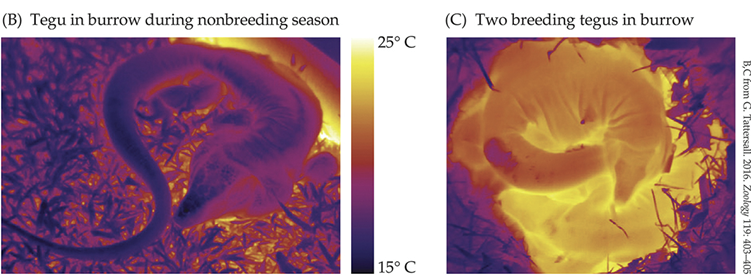
Torpor
Controlled reduction in body temperature to a new set point
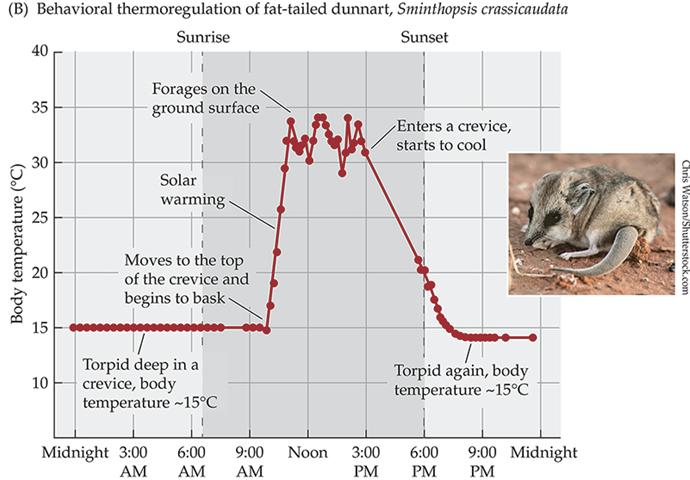
Why do endotherms induce a state of torpor?
The energy cost of maintaining homeothermy may be prohibitive
Hibernation
Deep torpor, comatose condition
What type of animals benefit the most from deep torpor?
Small animals (almost entirely small mammals)
Weigh-specific energy cost higher for small animal than large one
Small animals experience more rapid heat loss than large ones
Hyperthermia
Temporarily allowing the body temperature to rise above a species’ normal set point
For water conservation
Large heterothermal mammals
Mobile and can travel long distances to find foor or water
Low surface/volume ratios
High insulation (low heat absorption)
Large body weight = high thermal inertia, can absorb a large amount of heat before body temp. is too high
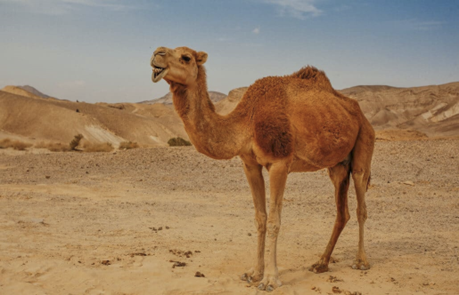
Endothermy & Body Size
Endothermy has a high energetic cost
More costly at smaller body sizes
Energy sets a lower limit of endotherm body size
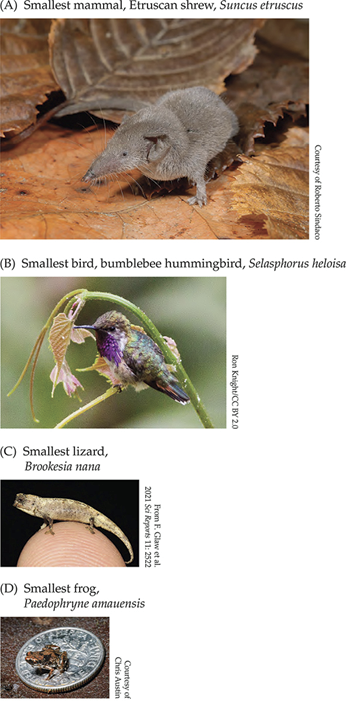
How do endotherms and ectotherms differ with the energy they produce?
Endotherms: >90% of energy maintaining body temp
Ectotherms: ~50% to production of biomass (new tissue), the other 50% to maintenace
